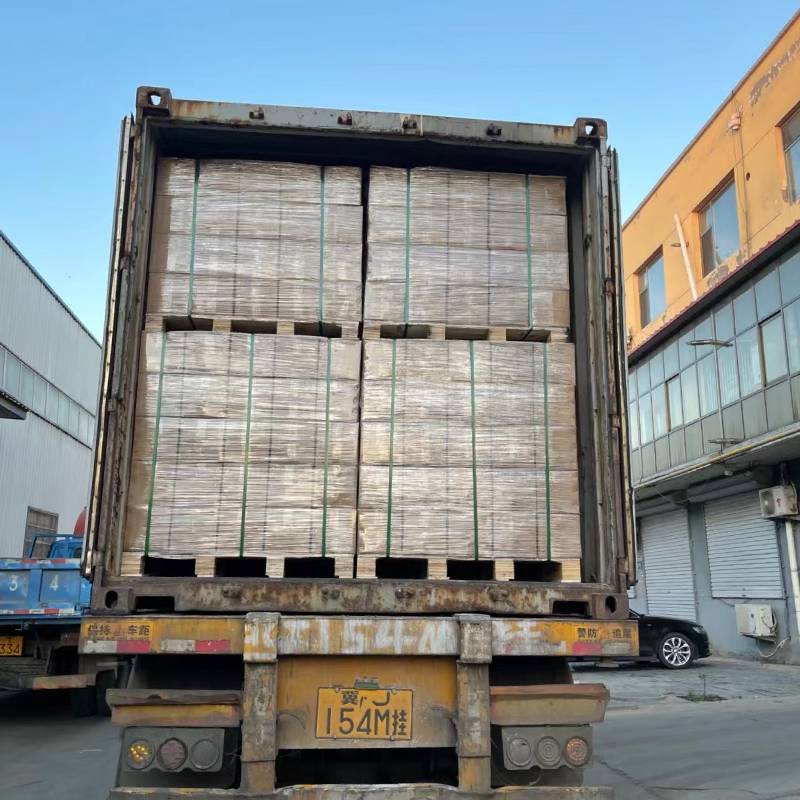
- Mobile Phone
- +8613931874955
- sales@cntcmetal.com
plastering corners with beading
Plastering Corners with Beading A Comprehensive Guide
Plastering corners can be a challenging yet crucial aspect of finishing a wall or ceiling. By employing beading techniques, you can achieve a professional finish that enhances the durability and aesthetic of your work. This article will take you through the process of plastering corners using beading, offering practical tips and insights that will benefit both novice and experienced DIYers.
Understanding Beading
Beading refers to the use of thin metal strips, often made of aluminum or galvanized steel, that are applied to the corners of walls or ceilings before plastering. These strips serve several purposes
1. Protection They safeguard the corner edges from damage, ensuring that the plaster remains intact and maintains its structure over time. 2. Alignment Beads provide a straight edge and a defined angle, allowing you to create sharp corners that enhance the appearance of your work. 3. Finish Using beading helps to achieve a smooth, professional-grade finish that is aesthetically pleasing.
Tools and Materials Needed
Before you begin plastering corners with beading, gather the necessary tools and materials
1. Materials - Corner beads (metal or plastic) - Plaster (multi-purpose or finishing plaster) - Jointing compound (optional) 2. Tools - Trowel - Plastering float - Utility knife - Straight edge or level - Measuring tape - Hammer and nails (for metal beads) - Adhesive (for plastic beads)
Step-by-Step Process
1. Preparation Start by preparing your workspace. Ensure the wall surface is clean, dry, and free of dust. Remove any old paint or loose plaster to ensure a good bond for the new plaster.
plastering corners with beading

2. Measuring and Cutting Measure the height of the corner where you will be applying the bead. Use a utility knife to cut the corner bead to the appropriate length. When cutting metal beads, ensure you use tin snips for a clean finish.
3. Fixing the Bead Position the corner bead along the edge of the corner. For metal beads, secure it with nails spaced about 12 inches apart. If you are using plastic beads, you may need to apply adhesive or a few small dabs of joint compound to hold it in place temporarily.
4. Applying the Plaster Once the bead is fixed, it’s time to apply the plaster. Using a trowel, scoop a generous amount of plaster and apply it to the corner, ensuring that you overlap the edges of the corner bead slightly. This is crucial as it allows the plaster to feather out along the wall, creating a smooth transition.
5. Smoothing the Surface Use a plastering float to smooth the plaster over the corner bead. Work the plaster toward the midsection of the wall to avoid leaving excess plaster that can create a bulge. Keep your float at a slight angle to help achieve a flat surface.
6. Allow to Set After applying the plaster, allow it to set according to the manufacturer's instructions. This is typically a couple of hours, but it’s best to avoid touch for a while to ensure a strong bond.
7. Finishing Touches Once the plaster has dried, you can sand the surface lightly using fine-grit sandpaper to achieve a smoother finish. If necessary, apply a second coat of plaster, repeating the smoothing process once it has set.
8. Final Sanding and Painting After the final coat is dry, sand the area again for an ultra-smooth finish. Clean the area from dust and then you can proceed to paint or texture as desired.
Conclusion
Plastering corners with beading is an essential skill in the world of home improvement and renovation. Not only does it enhance the aesthetic appeal of your walls, but it also provides durability and protection for the corners. By following the steps outlined above, you can achieve professional-looking results in your plastering projects. Whether you are renovating a single room or undertaking a larger project, mastering the art of plastering corners with beading will serve you well for years to come. Happy plastering!
share:
-
Why Sacrificial Formwork Is Redefining Underground ConstructionNewsJun.06,2025
-
The Structural Dynamics of Modern Concrete: How Snake Spacers Revolutionize Flexible ReinforcementNewsJun.06,2025
-
Snake Spacers Smart-Lock Concrete Reinforcement with Surgical PrecisionNewsJun.06,2025
-
Snake Spacers: Reinforcement Precision for Modern Concrete ProjectsNewsJun.06,2025
-
Snake Spacers Powering Concrete's Structural DNANewsJun.06,2025
-
Slither into Success: Snake Spacers' Precision Bite for Unbreakable ReinforcementNewsJun.06,2025
-
Sacrificial Formwork: Building Stronger, Faster, and Safer StructuresNewsJun.06,2025



















